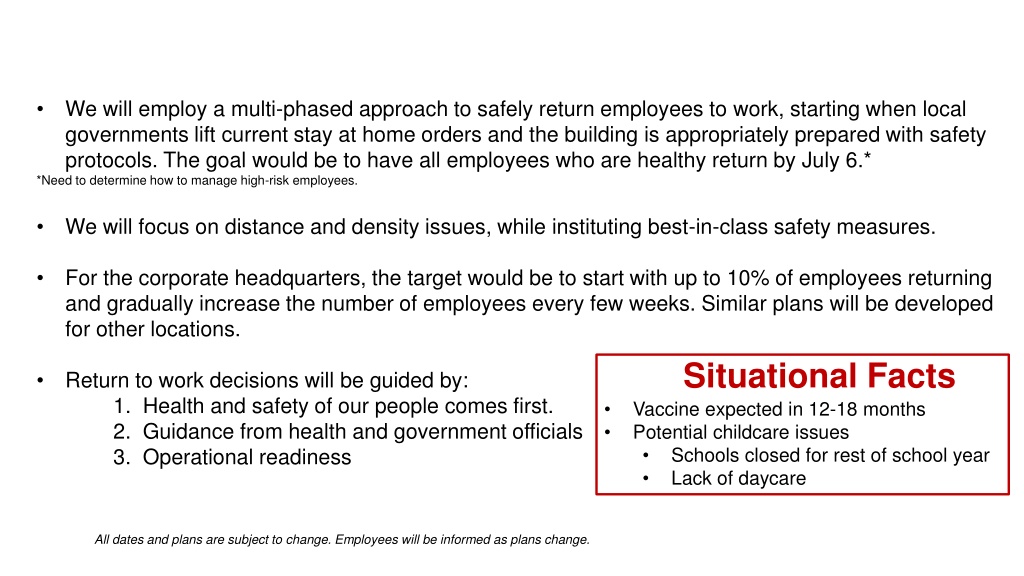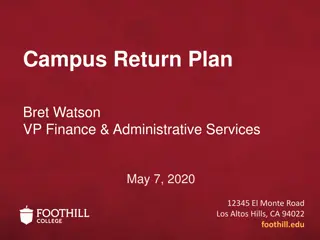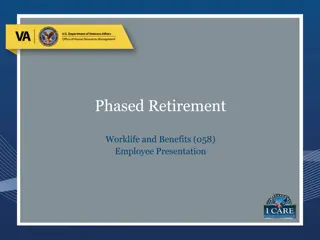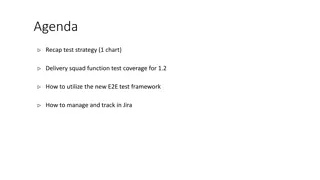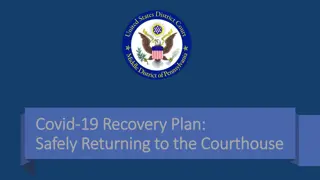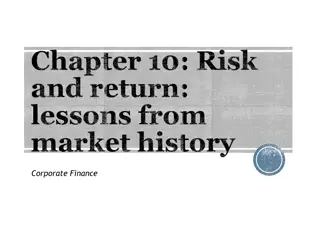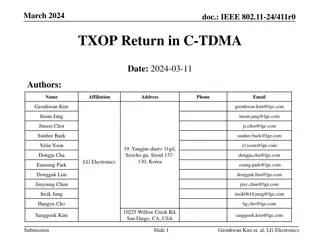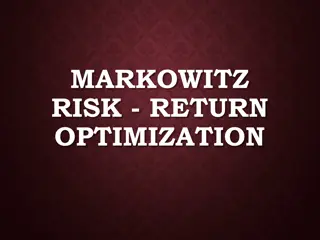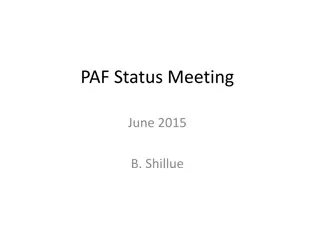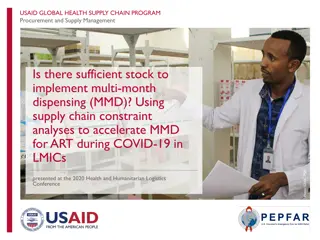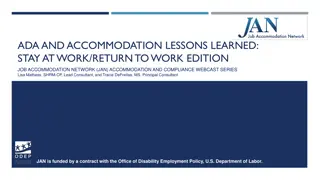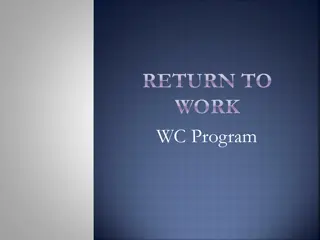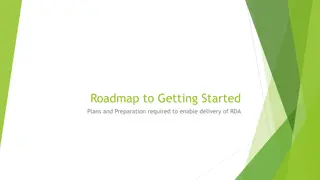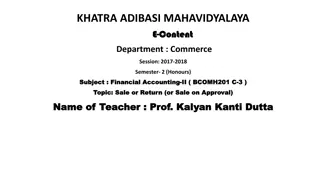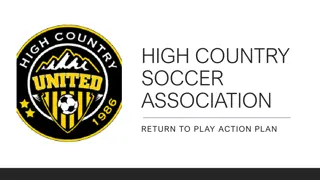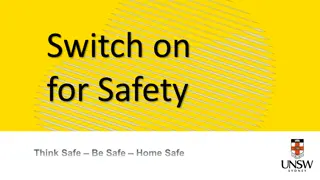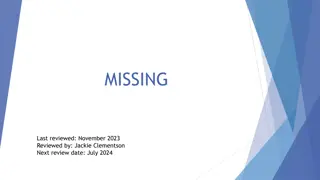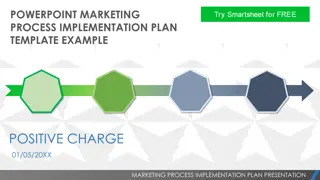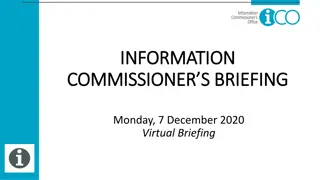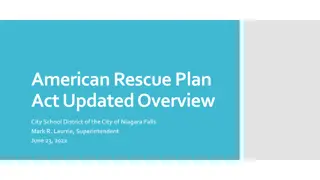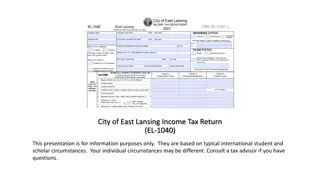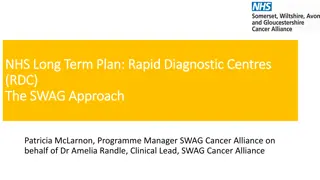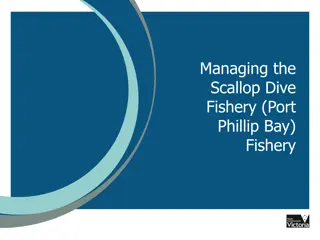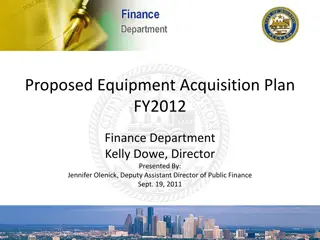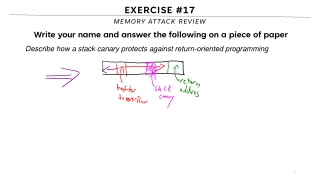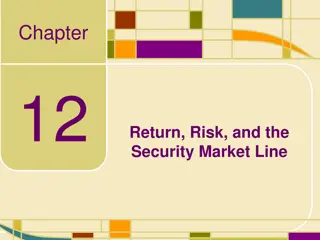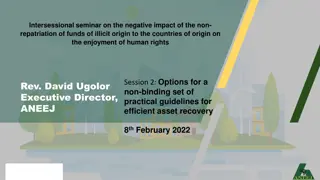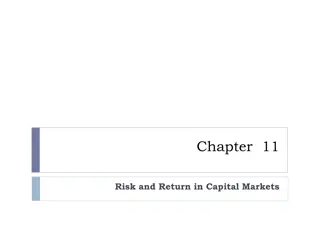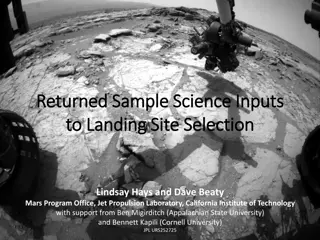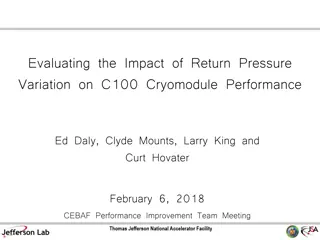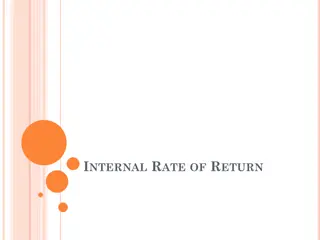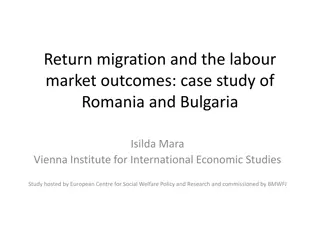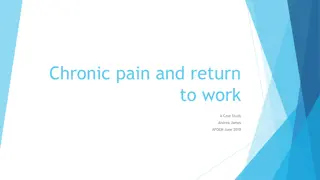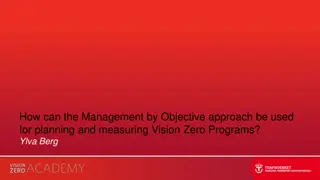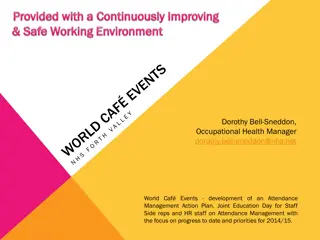Phased Approach for Safe Return to Work Plan
Employing a multi-phased approach, this plan aims to safely bring employees back to work starting when stay-at-home orders are lifted and safety protocols are in place. High-risk employees will be managed carefully, focusing on distance and density issues while implementing top-notch safety measures. Communication strategies and a gradual return timeline with safety precautions for headquarters employees are outlined. Different phases will allow monitoring before full workforce return.
Download Presentation

Please find below an Image/Link to download the presentation.
The content on the website is provided AS IS for your information and personal use only. It may not be sold, licensed, or shared on other websites without obtaining consent from the author. Download presentation by click this link. If you encounter any issues during the download, it is possible that the publisher has removed the file from their server.
E N D
Presentation Transcript
We will employ a multi-phased approach to safely return employees to work, starting when local governments lift current stay at home orders and the building is appropriately prepared with safety protocols. The goal would be to have all employees who are healthy return by July 6.* *Need to determine how to manage high-risk employees. We will focus on distance and density issues, while instituting best-in-class safety measures. For the corporate headquarters, the target would be to start with up to 10% of employees returning and gradually increase the number of employees every few weeks. Similar plans will be developed for other locations. Situational Facts Return to work decisions will be guided by: 1. Health and safety of our people comes first. 2. Guidance from health and government officials 3. Operational readiness Vaccine expected in 12-18 months Potential childcare issues Schools closed for rest of school year Lack of daycare All dates and plans are subject to change. Employees will be informed as plans change.
How to Communicate Return to Work with Employees Headquarter Employees Help people understand our return to work philosophy along with the Regular Communications to provide updates and details on timing, including Return to Work Intro Email Announcement of Return to Work Start Date and Timeline of Phased Approach, including what services/procedures will be available for each phase Written and visual explanation of safety precautions and procedures (photos/video) Suggestions on how to make return to work easier (e.g. lunch options, carpooling) Business Leaders/People Leaders Help managers make decisions for teams and communicate right details to them Leader Toolkit: Criteria to Use When Determining Timing for Teams to Return Instructions for Registering When Employees Will Return to Work Details on Safety FAQs, including accommodations for high-risk employees Visitor message / talking points for employees
Phased Approach to Balance Distance & Density Phase 1 Phase 2 Phase 3 Phase 4 TIMING: 2 Weeks 10% Allowed to Return TIMING: 2 Weeks 50% Allowed to Return TIMING: X Weeks 75% Allowed to Return July 6, 2020 All Employees to Return Only employees that absolutely need to return to Headquarters will do so. All employees who are healthy will return to work.* *Need to determine how to manage high-risk employees. Teams will gradually return during different periods of time. Most employees will return to Headquarters. Temperature checks will be done in lobby. Temperature checks will done in lobby. Temperature checks will be done in lobby. Temperature checks will be done in lobby. Only necessary contractors allowed. RESTRICTIONS: MANY Food court closed. Conference rooms closed. No outside visitors or contractors allowed in building. RESTRICTIONS: MANY Food court closed. Conference rooms closed. No outside visitors or contractors allowed in building. All contractors will be allowed. RESTRICTIONS: LIMITED Food court open for take- out orders (no self-service stations and no inside seating. Conference rooms closed. RESTRICTIONS: FEW Food court open but details TBD. Conference rooms closed. Outside visitors TBD. Phased Approach Allows Us to Determine What Works Before All Employees Return
Details For Each Phase PHASE I Goal: 10% PHASE II PHASE III PHASE IV All healthy employees return EMPLOYEES WHO WILL RETURN MEETINGS & CONFERENCE ROOMS Closed Closed Open. People to wipe down tables and chairs after meetings. Take-Out Only Essential contractors only Open. People to wipe down tables and chairs after meetings. Open FOOD COURT Closed No contractors. This does not include building maintenance or construction workers. No visitors Temperature checks in lobby Closed No contractors. This does not include building maintenance or construction workers. CONTRACTORS VISITORS No visitors Temperature checks in lobby No visitors Temperature checks in lobby SAFETY CHECKS Temperature checks in lobby SAFETY PROCEDURES
Need to Determine & Share Details to Share with Teams Safety Protocols (Visual Markings, PPE and General Operating Instructions) Cleaning and Deep Cleaning (Common Areas, Desk Spaces, Offices) Lobby: Temperature Checks, Flow of People in Lobby Staggered reloading plan and work start/stop times Need Guidelines Around People Who Are High Risk and Need to Work From Home Meetings and Conference Rooms Food/Meal Delivery Visitors Coming to Building Work Hours Guidance for Leaders This will be our new normal until a vaccine is available. Leaders need to be flexible about team s needs, start times, and this needs to be coordinated. Need list of required visitors/contractors and why they are required.
Criteria for Managers to Determine Who Returns and When If a manager feels that an employee needs to return to work to complete their work prior to July 6, the following questions should be addressed. Final approval is from Chief Human Resource Officer. 1. 2. For May/June, what are the specific job duties that can only be completed from the office? Do the job requirements need to be done in 40-hour work week in the office, or can a combination of work-from-home and work-in-the-office be used to complete the work? What is the minimum number of people needed to complete this work? Is a people manager needed to supervise the employee(s) and the work? If so, how many managers are needed? If the selected employees do not feel safe commuting into the office, are there other employees who can complete the work? 3. 4. 5. CONSIDERATIONS FOR EACH EMPLOYEE Is employee high-risk? Does employee have safe transportation option? Will employee face a financial hardship in commuting differently than normal (paying for parking instead of using the train/bus)? Does employee have potential for childcare and/or complexities at home that should be considered?
